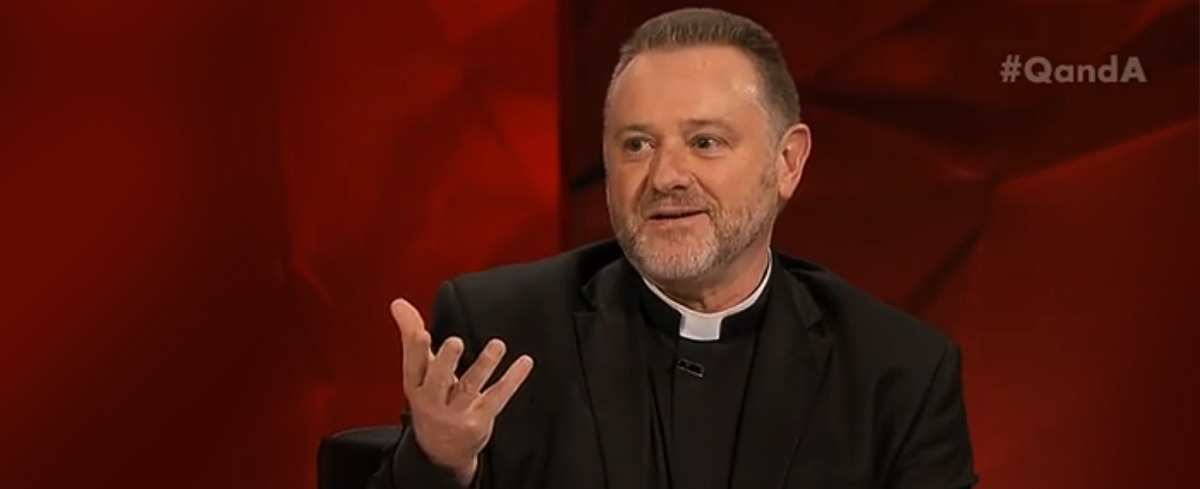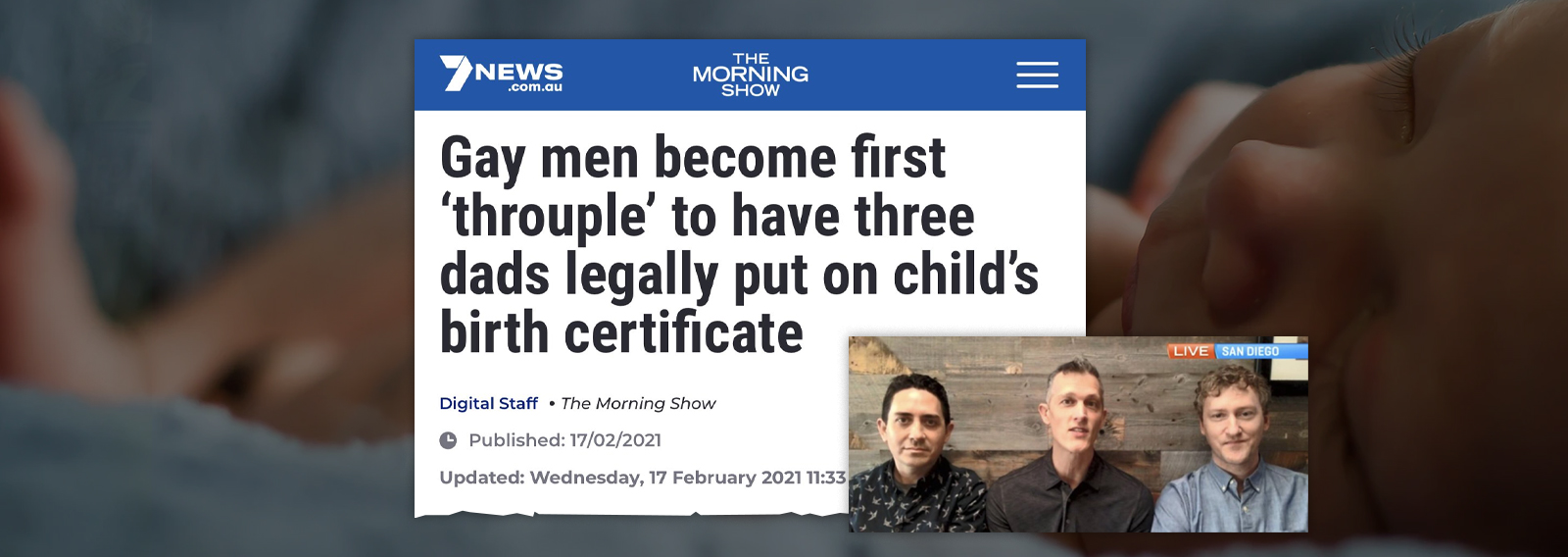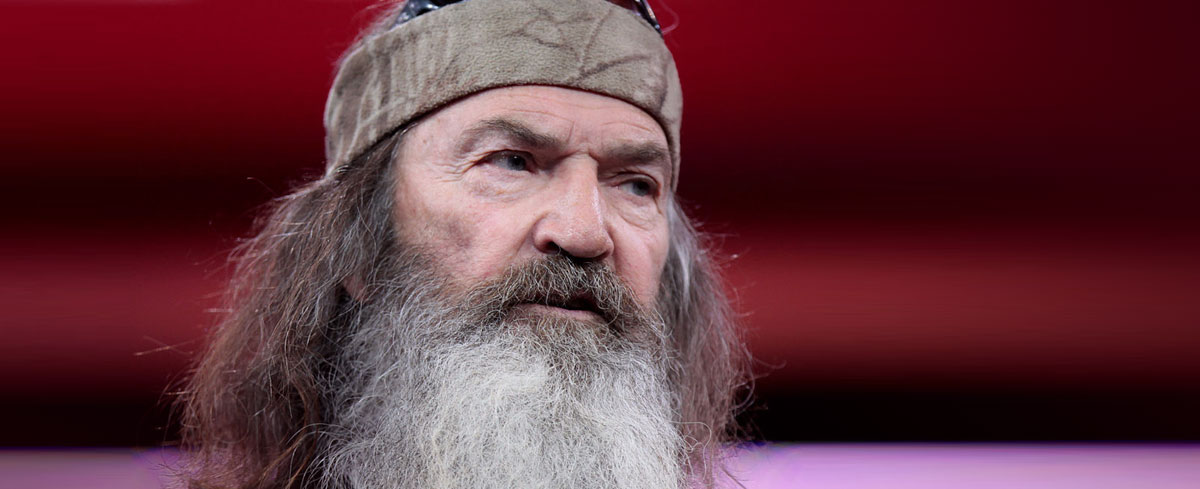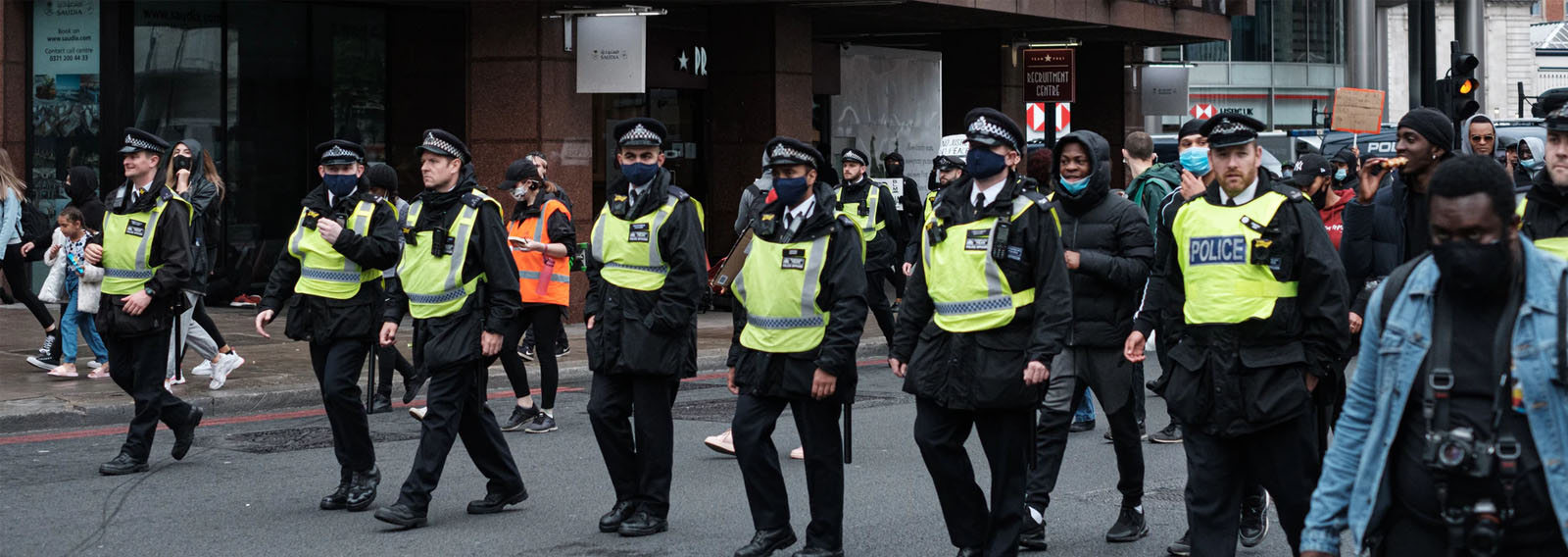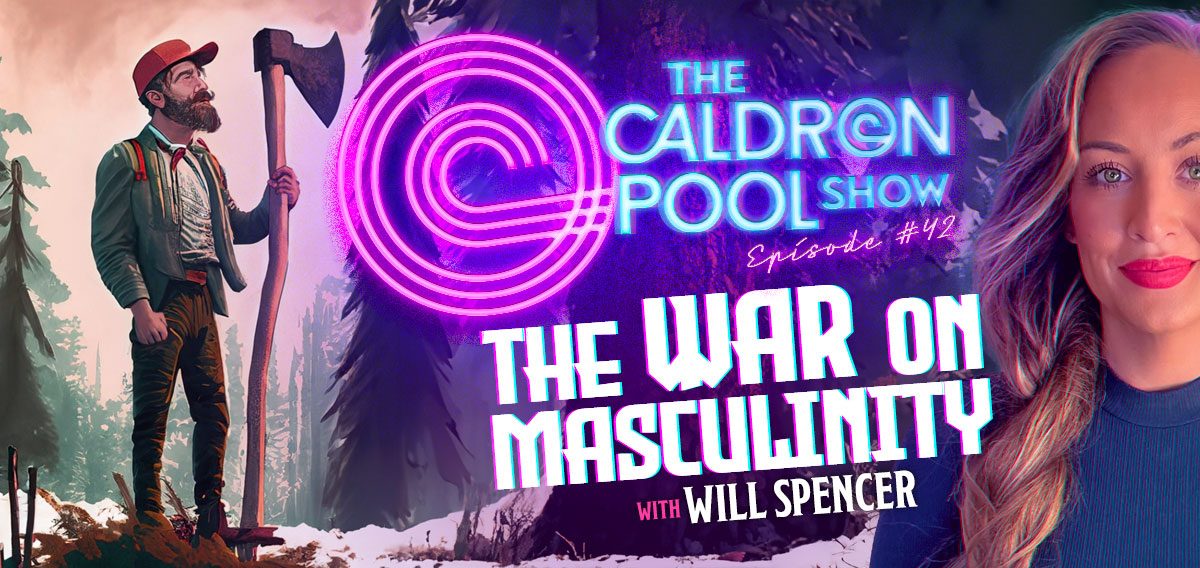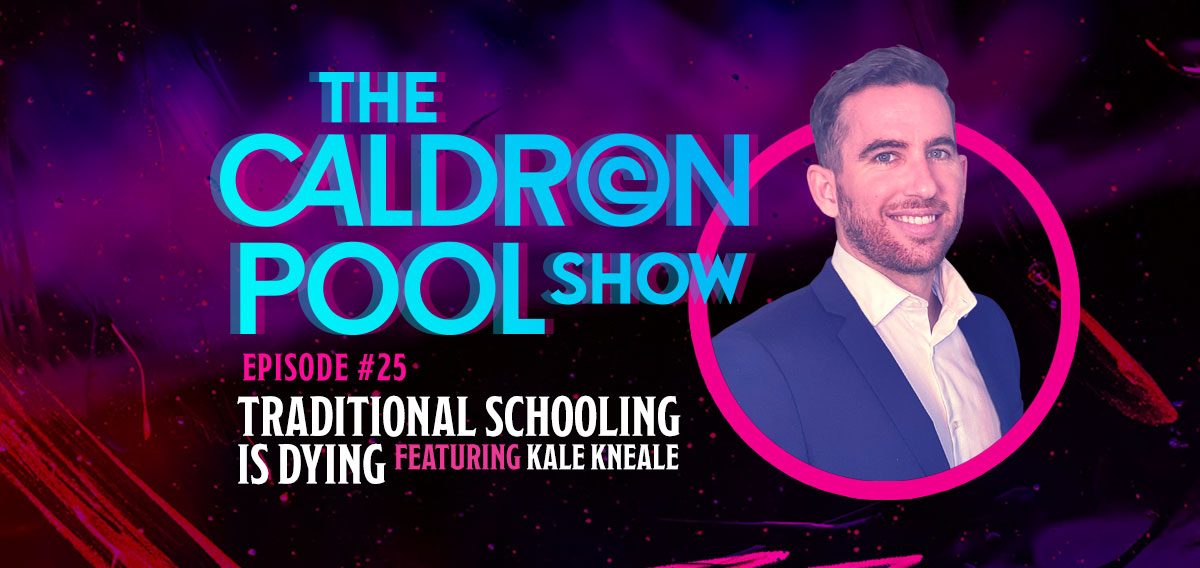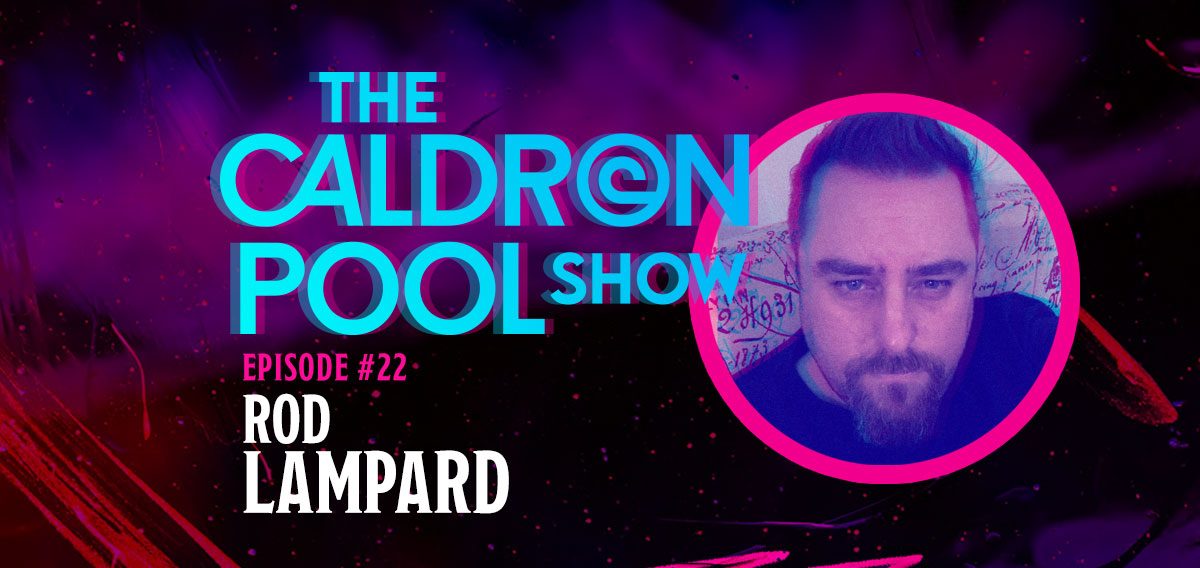Anthony Albanese’s first act as Prime Minister was to remove two of the three Australian flags in the Parliaments House (Media) Blue Room and replace them with an Aboriginal and Torres Strait Islander ensign. Significantly, the Aboriginal Flag was in the centre, with the Australian flag off to one side. Mr Albanese then opened with the following commitment:
I begin by acknowledging the traditional owners of the land on we meet. I pay my respects to their elders past, present and emerging. And on behalf of the Australian Labor Party, I commit to the Uluru Statement from the Heart in full.
Denominational leaders in Australia such as Kanishka Raffel, the Anglican Archbishop in Sydney, and Peter Comensoli, the Roman Catholic Archbishop of Melbourne have also written in glowing support of The Uluru Statement from the Heart (TUSH) – as has Pope Francis.
However, they may all be thinking more with their hearts. There is a great many problems with adopting TUSH as a progressive political policy. What follows are twelve of the most pertinent reasons for rejecting it:
1. It Does Not Define Its Function, Powers and Processes
Under the FAQ’s section on the TUSH website titled ‘Why a constitutionally enshrined Voice?’ the organization states,
The Uluru Statement does not detail the structure of the Voice and how it will do its job… The details including the functions, powers and processes of the Voice, will be worked out between government and First Nations and put into legislation.
What will be the function and power of TUSH? Not even the advocates and designers of the statement know. It has no discernible limits. How can the government accept a constitutionally enshrined proposal without knowing what it will actually involve? TUSH advocates must provide a clear analysis of the functions, powers and processes of the Voice before putting it into something as permanent as the Constitution.
Professor Megan Davis from UNSW argues in a webinar on the TUSH website that it will force the government to listen to the constitutionally enshrined body because in the past advisory bodies could be ignored. Legally, it is unclear what exactly being ‘forced’ and ‘listened to’ will mean. Could the government reject proposed legislation offered by the Voice to Parliament, or will it act as a fourth body of the state?
2. It Will Enshrine ‘Race’ Into the Constitution
In 2013 leading Australian anthropologist, Peter Sutton, argued against the concept of a national treaty as he believed that it would lead to a constitutional enshrinement of race (‘True reconciliation requires a treaty’). Sutton also persuasively argues that making a treaty that is based on racial identity would exclude family communities of bi-racial descent, and would divide people over the colour of their skin.
It cannot be assumed that a treaty that would differentiate between racial groups would not be abused in 100 years’ time by future Australians.
3. It Will Perpetuate the Failures of ATSIC
TUSH draws a direct line between the voice to parliament and The Aboriginal and Torres Strait Islander Commission (ATSIC). On the TUSH website, it argues:
The Uluru Statement calls for a Voice to Parliament to be enshrined in the Australian Constitution by way of an enabling provision. Previous First Nations’ representative bodies (such as the Aboriginal and Torres Strait Islander Commission (ATSIC) were set up administratively or by legislation. That meant they were easily abolished by successive governments depending on their priorities. Setting up and then abolishing representative bodies cuts across progress, damages working relationships and wastes talent that could be used to solve complex problems.
ATSIC was set up under the Hawke government in March 1990, which established a group of elected individuals to oversee and inform legislation for Aboriginal and Torres Strait Islander peoples. The statement assumes the abolition of ATSIC was damaging to ‘progress’ and ‘relationships’. This was not the case. ATSIC was abolished because of a series of accusations of embezzlement, corruption, obstruction of police, and rape charges against the ATSIC Chairperson, Geoff Clark. Additionally, a government review of the program called ‘In the Hands of the Regions’ found it was detached from local communities and was failing to implement successful changes on a regional level.
Because of these ongoing scandals and misallocated funding, the proposal to end ATSIC received bi-partisan support when John Howard announced its termination on 15 April 2004.
TUSH goes one step further. Not only will it repeat the same mistakes as ATSIC by being detached from local communities, it will make these changes constitutionally enshrined and difficult — if not impossible — to abolish. TUSH will likely become permanent, regardless of corruption, embezzlement and legal malpractice. More importantly, it will repeat the failure of ATSIC in nationalizing a complex issue that should be addressed by local communities and existing government entities.
4. It Will Distort Section 116 of the Constitution Which Forbids the Setting up of Any Established Religious Institution
While this point may not seem immediately pertinent, one of the most significant problems with TUSH is its promotion of indigenous spirituality (panentheism) in such a way as to confuse the traditional delineation between Church and State. In arguing that “Aboriginal and Torres Strait Islander tribes were the first sovereign Nations” the statement defines ‘sovereignty’ in an explicitly religious way:
This sovereignty is a spiritual notion: the ancestral tie between the land, or ‘mother nature’, and the Aboriginal and Torres Strait Islander peoples who were born therefrom, remain attached thereto, and must one day return thither to be united with our ancestors. This link is the basis of the ownership of the soil, or better, or sovereignty. It has never been ceded or extinguished, and co-exists with the sovereignty of the Crown.
TUSH disingenuously states that sovereignty for them is a “spiritual notion”. This is because aboriginal spirituality views indigenous peoples as eternally connected to the Land and also Peoples. The statement also avoids the complexity of Aboriginal spirituality and views land ownership through a Eurocentric lens, as leading anthropologist A. P. Elkin notes,
It is true, at least from our point of view, that members of such a local group owned their “country”. But that is only one aspect of the situation. A more significant aspect is that they belonged to their “country” – that it owned them; it knew them and gave them sustenance and life. Their spirits had pre-existed in it – in the Dreaming. Therefore, no other “country”, never mind how fertile, could be their country nor mean the same.
All of this is in stark contrast—indeed, contradiction—to what is said at the end of the paragraph relating to the “sovereignty of the Crown”. These are two distinct claims to sovereignty with different views on spiritual ownership, blurring the line between the church and state.
5. It Will Pervert Our View of Race Relations
TUSH presents a Cultural Marxist paradigm of race-based upon an imbalance of ‘power’ and ‘struggle’. Note the Marxist language that TUSH itself uses and highlights:
These dimensions of our crisis tell plainly the structural nature of our problem. This is the torment of our powerlessness.
We seek constitutional reforms to empower our people and take a rightful place in our own country. When we have power over our destiny our children will flourish.
When race relations are constrained and distorted by a paradigm of power, the disadvantaged race cannot achieve justice until the balance of power is equalized, whether or not the ‘payment’ has been made. The Co-founder of TUSH Professor Megan Davis who is a proponent of intersectionality, argues on the statement’s Facebook page:
The political elite cannot consign the First Nations people to another decade of inaction… without addressing power structures.
What’s more, by placing the blame on an abstract political elite it takes away the personal responsibility of individuals to deal with their own situations.
6. It Will Diminish the Moral Agency of Aboriginal People
Following on from the previous point, TUSH seeks to project all current social problems that exist within indigenous communities onto how they were treated by Europeans historically. This means that aboriginal people are merely victims of previous injustices. As the statement says:
Proportionally, we are the most incarcerated people on the planet. We are not an innately criminal people. Our children are alienated from their families at unprecedented rates. This cannot be because we have no love for them. And our youth languish in detention in obscene numbers.
While this argument might be popular, it infantilizes people with an indigenous background in such a way that they do not become responsible for themselves. Decades of anthropological research show socialization, cultural behaviours and custodial relationships have had a greater impact on Indigenous ‘disadvantage’ than dispossession. For example, a reduction in serious health outcomes is not the result of a restricted ‘voice’ to parliament, but the lack of practical behaviours that could be implemented to close the gap:
These behaviours include absolutely basic things like domestic sanitation and personal hygiene, housing density, diet, the care of children and the elderly, gender relationships, alcohol and drug use, conflict resolution, the social acceptability of violence, cultural norms to do with expression of the emotions, the relative value placed on physical wellbeing, attitudes to learning new information, and attitudes to making changes in health-related behaviour.
Arguing that history and structural racism are the cause for high youth detention rates, community homicides, and increasing levels of incarceration takes away the individual’s culpability.
7. It Will Result in Racial Division Rather Than Produce Reconciliation
TUSH repeatedly invokes the aboriginal concept of ‘makarrata’ which is based more upon a notion of what Peter Sutton in his book, The Politics of Suffering (MUP. 2009) refers to as “ritualized revenge”, in comparison to European notions of restorative, or even retributive justice. As the statement itself says:
Makarrata is the culmination of our agenda: the coming together after a struggle.
We seek a Makarrata Commission to supervise a process of agreement-making between governments and First Nations.
The concept of ‘makarrata’ though, is more far-reaching than TUSH would lead the uninitiated reader to believe. According to Luke Pearson, writing for the ABC: ‘”Makarrata” literally means a spear penetrating, usually the thigh, of a person that has done wrong.’
Ken Maddock, a specialist in the field of Aboriginal customary law wrote back in 2001:
It would be too strong to say that Aboriginal customary law is getting a bad reputation even among those who have been seen as its natural defenders. But its real or imagined drawbacks are being exposed in a way which is new at the very time that demands are being made for its recognition as a component of a treaty, as a technique of ‘reconciliation’ or as a remedy for the ills of Aboriginal society. Unless some hard thinking is done about what customary law is and what its recognition would entail, any political initiative in its favour may end in tears and disillusion.
8. It Does Not Offer Any Objective Solutions
TUSH creates a false correlation between the desired outcome of reconciliation and the proposed solution of a Voice to Parliament. The statement does this by employing vague terminology such as ‘Substantive’ and ‘Structural reform’, which assumes that aboriginal people must be liberated from systemically racist constraints. But what does that mean and how will such reform take place? The authors of the statement do not go into any detail.
The statement also claims to engage in ‘Truth-Telling’. Behind this particular truism is a loaded assumption that the political and historical viewpoint of the organization alone has a monopoly on the ‘truth’. Similarly, statements like seeking ‘fair and truthful relationships’ suppose race relationships are somehow not currently ‘fair’ and ‘truthful’, furthering the cause of racial division.
Most importantly, the statement is ‘from the heart’ – terminology assumes the moral high ground.
9. It Will Undermine the Three Existing Arms of Government
The current Constitution of Australia involves three distinct but complementary limbs of government: the legislative (Parliament), the judiciary (Courts) and the executive (The Queen, through her representative the Governor-General). However, TUSH seeks to introduce a fourth arm into this mix: an Indigenous Voice, with substantive constitutional change and structural reform.
While this might seem noble, it is not clear how this fourth component will work in with the existing three. Aboriginal people already have a voice as citizens and legal voters. In addition, there have been several major Royal commissions into Indigenous issues from:
- Aboriginal Deaths in Custody: The Royal Commission and its Records, 1987–1991.
- Indigenous Deaths in Custody 1989-1996.
- Bringing them Home: Report of the National Inquiry into the Separation of Aboriginal and Torres Strait Islander Children from Their Families.
- HEALING: A Legacy of Generations (Report on the Stolen Generation Inquiry, 2000).
- Unfinished Business: Indigenous Stolen Wages (Report of the Inquiry into Stolen Wages, 2006).
- Doing Time – Time For Doing: Indigenous youth in the criminal justice system.
- Pathways to Justice–Inquiry into the Incarceration Rate of Aboriginal and Torres Strait Islander Peoples (ALRC Report 133, 2018).
The government has a minister from Aboriginal Australians, Linda Burney. The truth is, Aboriginal Australians are well represented in our democracy.
10. It Will Re-frame Our Understanding of History
TUSH claims to “seek… truth-telling about our history.” But what is the ‘truth’ of history that TUSH argues is being suppressed? The TUSH website gives away its progressive ideological agenda when it states:
Australia must acknowledge its history, its true history. Not Captain Cook. What happened all across Australia: the massacres and the wars. If that were taught in schools, we might have one nation, where we are all together.
Is Captain Cook not a part of Australia’s true history? The TUSH Facebook page also uses the hashtag #HistoryIsCalling, in a revisionist attempt to rewrite Australian history as a struggle between racial groups. The past should not be governed by a political organization, but should instead reflect the complex process of historical inquiry which is open for all people to investigate together. If this racialised view of history is ‘taught in schools’ without a balanced perspective of British settlement, it is hard to imagine a nation which can truly ‘come together’ under TUSH’s one-sided historical ‘truth’.
The TUSH website also claims:
The Tasmanian Genocide and the Black War waged by the colonists reveals the truth about this evil time. We acknowledge the resistance of the remaining First Nations people in Tasmania who survived the onslaught.
The statement assumes this is the only ‘true’ interpretation of history, ignoring three key facts about Tasmanian history: there were around 118 recorded deaths of Aboriginal people from 1803-1847, which is lower than those of the white settlers killed; the Tasmanian government had an active policy of goodwill towards the Indigenous population; and the decline in the Aboriginal population is mainly attributable to European diseases, the treatment of women, and inter-tribal violence. The settlers were not all malicious types who wanted to dispossess, murder and pillage.
11. It will Nationalize An Issue That Should Remain Localized
A national treaty will not address the local issues of aboriginal communities. In fact, it would not make sense to have a national treaty for a people group that is not ‘one’ nation. Alternatively, Native title treaties rely on an evidence-based approach to the traditional land tenure of modern aboriginal descendants by investigating their complex relationship with resource management and pre-existing claim to Aboriginal sovereignty. Australian Anthropologist Peter Sutton makes several key arguments for regional treaties over constitutional recognition:
- Australia already has over 800 regional treaties.
- The idea that other countries like New Zealand and Canada have a treaty with every indigenous person is not true. They have specific treaties with specific tribes, as in Australia.
- Some states such as South Australia are made up of 39% Native Title land organized by treaties and the Northern territory is not far behind.
- Each of these treaties has been planned in accordance with regional groups and suited to the needs of the particular community.
- Land granted through each native title treaty in each state has not made a clear difference in social outcomes on a national level.
- There is no standard of post-colonial treaties because there is no single national treaty in the world that recognizes every native group in every part of a country.
- The crimes of the past cannot be solved by a national treaty, and the disadvantages of the past and present are not changed by a national treaty.
12. It Will Not Resolve the Real Problems Indigenous Peoples Face
By far the most significant failing of TUSH is its inability to make any real difference to the lives of Aboriginal peoples. As Keith Windschuttle argues in Quadrant:
There is no credible empirical evidence that mentioning Aborigines in the Constitution would improve their health. The claim is speculation by a lobby group of psychiatrists, who claim it would improve Aboriginal self-esteem. The gesture would be largely irrelevant to the 80 percent of Aboriginal people who are now well integrated into mainstream Australia, mostly in the suburbs of the major cities and larger regional centres. And it would go completely unnoticed in the emergency departments of hospitals in central and northern Australia where, because of the failed policy of isolating indigenous people in remote communities, Aboriginal women and child victims of Aboriginal violence and sexual abuse are grossly over-represented.
Indeed, some academics such as Germaine Greer have gone as far to explain the high rates of domestic violence from Aboriginal men as repressed rage against the disempowerment by white people, taken out on their wives and children. This type of victimhood blaming requires the minority group to remain victims. A murdered woman is not ‘disadvantaged’; she has lost her life. As the eminent epidemiologist Stephen Kunitz put it:
To suggest that pre-contact Indigenous life was anything but Edenic and that traditional modes of socialization and social control may contribute to the contemporary problem of violence is to risk being accused of blaming the victims and excusing their oppressors.
Indigenous Australians themselves have proposed much better solutions to welfare dependency, substance abuse, life expectancy, declining literacy, violence against women and child sexual abuse. These include integration into urban economies, stronger engagement in Australian education, dietary intervention, coercive crime control, alcohol limitation, resettlement from regional areas and even conversion to evangelical Christianity.
Conclusion: Our Own Story
This is of great interest to me personally, as some of my ancestors (sometimes referred to as ‘Kanakas’) come from the Solomon Islands and were historically brought to Australia as what you might call, “indentured servants”. We are deeply thankful for what Presbyterian missionaries did in bringing a message of true reconciliation to people from this part of the world.
The Presbyterian Church—just like every other Christian denomination—has been historically active in ministering to Aboriginal people. Strangely, the current mood is to focus on being sorry and to apologise for perceived mistakes, rather than rejoicing in the legacy of what our forebears actually achieved. A distorted understanding of the past opens the door to a naïve and misguided view as to what we should do in the future.
The Uluru Statement from the Heart (TUSH) will not unite Australians but only divide us. It will not address the many real needs that indigenous peoples face on a day-to-day basis, and as such, it should be firmly rejected as a way forward. And that’s because it’s an attempt to undermine decision-making and due process in a western democracy that already affords aboriginal political representation. Ultimately, TUSH is a take-over by stealth and manipulation through preying on our feelings of guilt.








